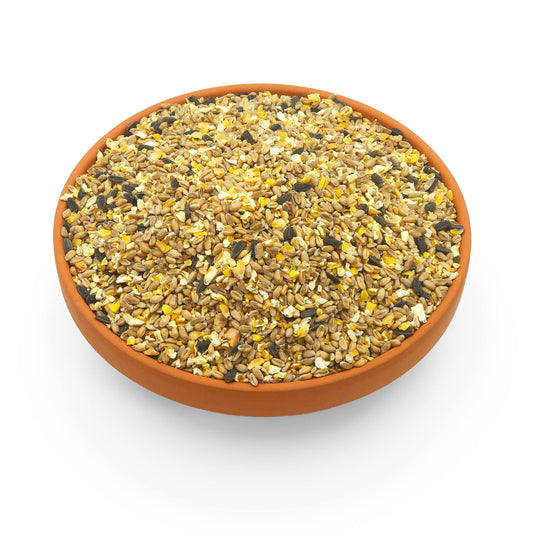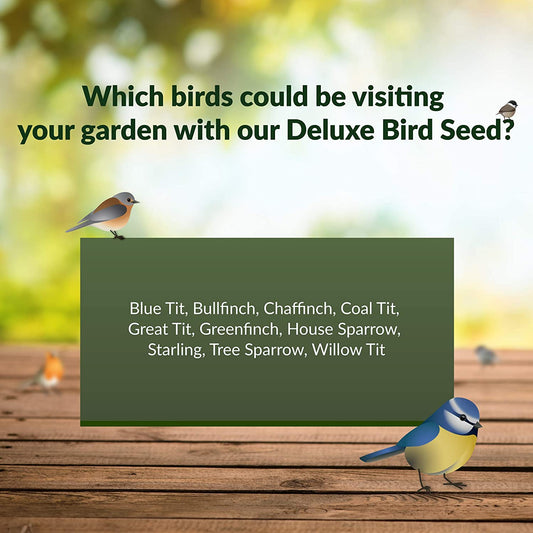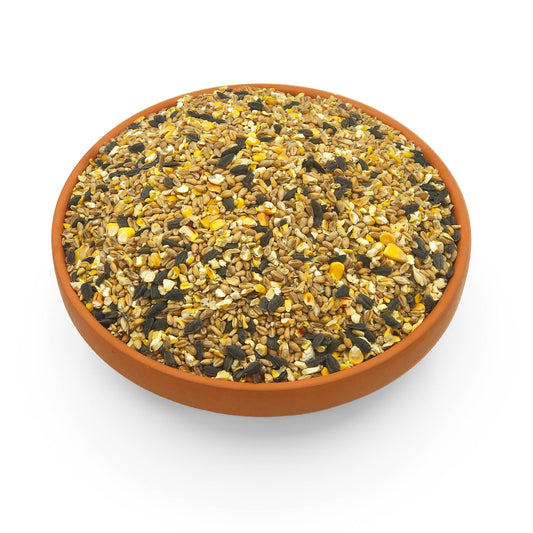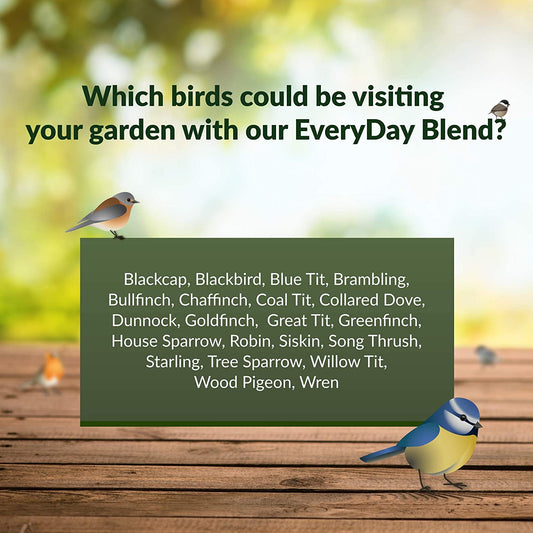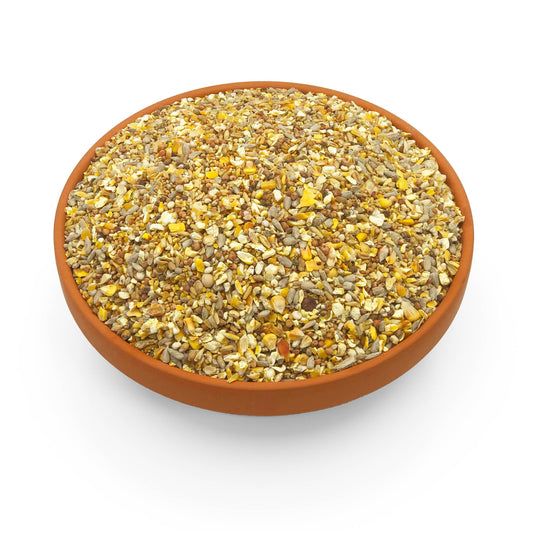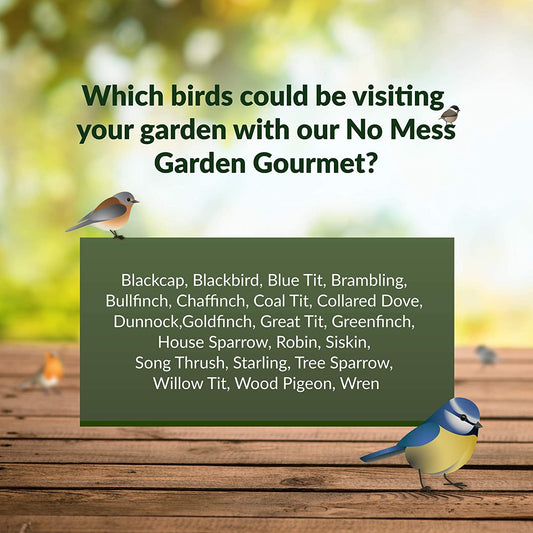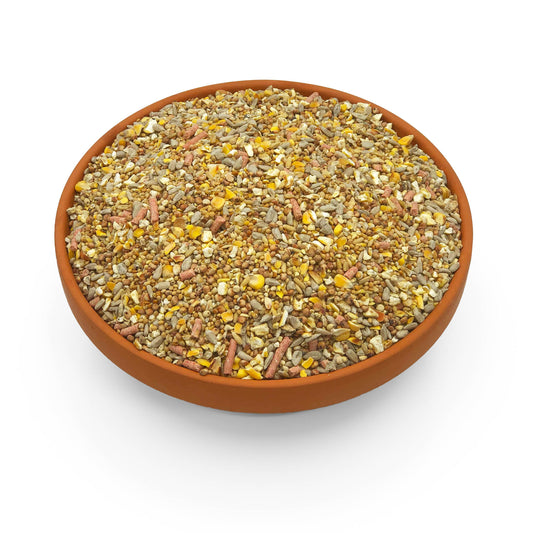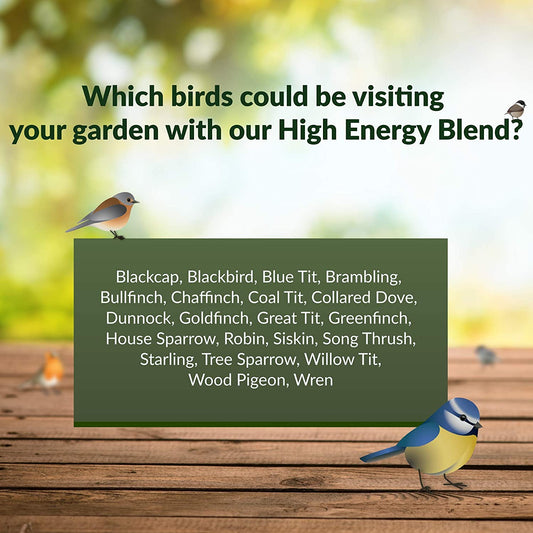Which Type of Feeder Do You Need: Advantages and Disadvantages of Different Types
When it comes to inviting the avian world into your outdoor space, bird feeders play a pivotal role. These feeding stations come in various designs, each catering to different bird species and feeding preferences. Let's dive into the realm of bird feeders, exploring their advantages and disadvantages, and discover the perfect fit for your feathered visitors.
1. Tray Feeders: Advantages: Tray feeders are versatile and can accommodate a variety of bird seed mixes. They are suitable for ground-feeding species like doves and sparrows. Their open design allows for easy cleaning and refilling. Disadvantages: They are susceptible to rain and snow, leading to seed spoilage. Larger birds and squirrels can dominate tray feeders, leaving smaller birds with less access.
2. Hopper Feeders: Advantages: Hopper feeders are semi-enclosed, protecting the bird seed from the elements. They attract a wide range of bird species and can hold a significant amount of seed. Disadvantages: Cleaning can be more challenging compared to open designs. If not properly maintained, they can become clogged, leading to seed spoilage.
3. Tube Feeders: Advantages: Tube feeders are popular for their ability to dispense a controlled amount of seed. They cater to perching birds and keep the seed relatively dry. Disadvantages: Larger bird species may struggle to access tube feeders. Regular cleaning is necessary to prevent mould growth and clogging.

4. Suet Feeders: Advantages: Suet feeders provide high-energy food for birds, especially during colder months. They attract woodpeckers, nuthatches, and other insect-eating species. Disadvantages: In warm weather, suet can become messy and melt. It may also attract unwanted visitors like squirrels.
5. Nyjer (Thistle) Feeders: Advantages: Nyjer feeders are designed for tiny finches like goldfinches. They prevent larger birds from accessing the tiny seeds and can accommodate multiple birds at once. Disadvantages: Nyjer seeds can be expensive and may spoil quickly if not consumed.
6. Platform Feeders: Advantages: Platform feeders offer ample space for various bird species to gather. They're suitable for larger birds and those comfortable with open feeding areas. Disadvantages: Rain and snow can lead to seed spoilage, and platform feeders may attract squirrels and other pests.
Choosing Wisely: Selecting the right bird feeder depends on the birds you wish to attract, the space available, and the level of maintenance you're comfortable with. To minimise disadvantages, consider a combination of feeder types. Mixing hanging feeders with ground feeders can help accommodate a diverse range of bird species while minimising seed waste and unwanted visitors.
In the end, regardless of the type of feeder you choose, the joy of witnessing the coloirful flurry of feathers and melodic symphony of bird calls will undoubtedly enrich your connection to nature. Remember, each feeder type brings its unique advantages and challenges, creating a dynamic and rewarding birdwatching experience. 🕊️🌿 #BirdFeeders #NatureConnection


